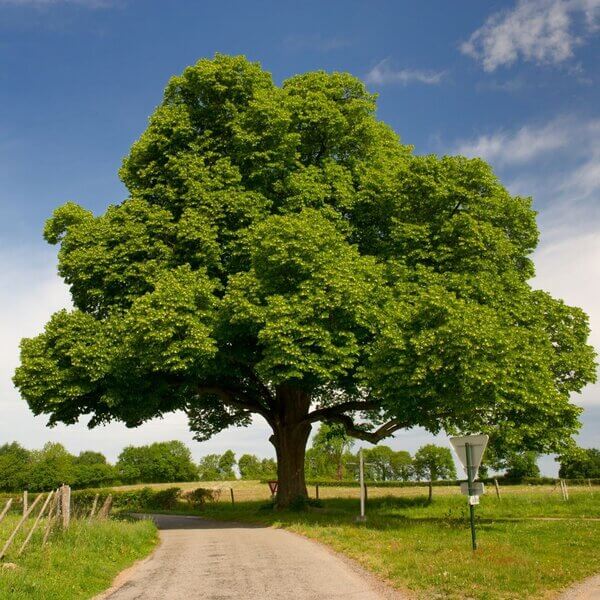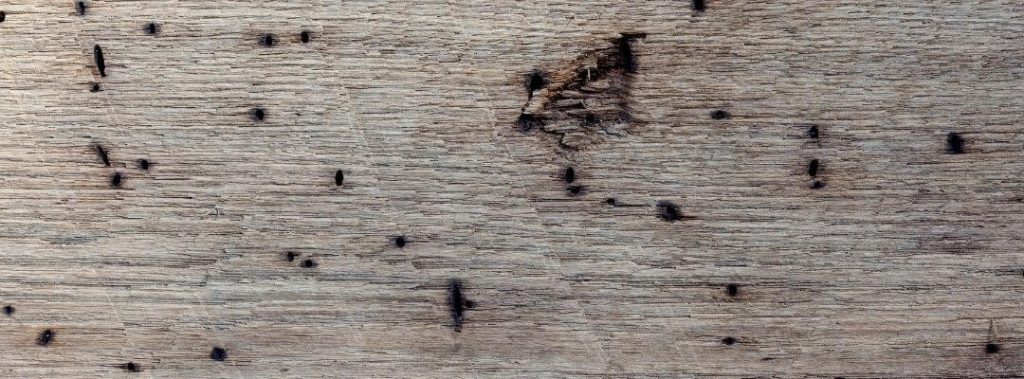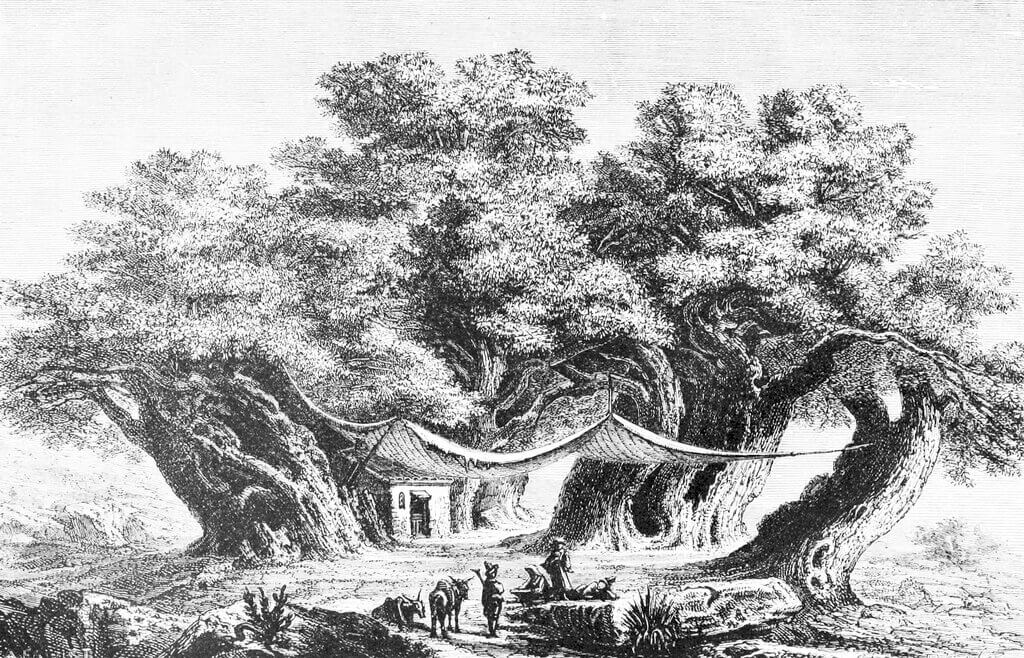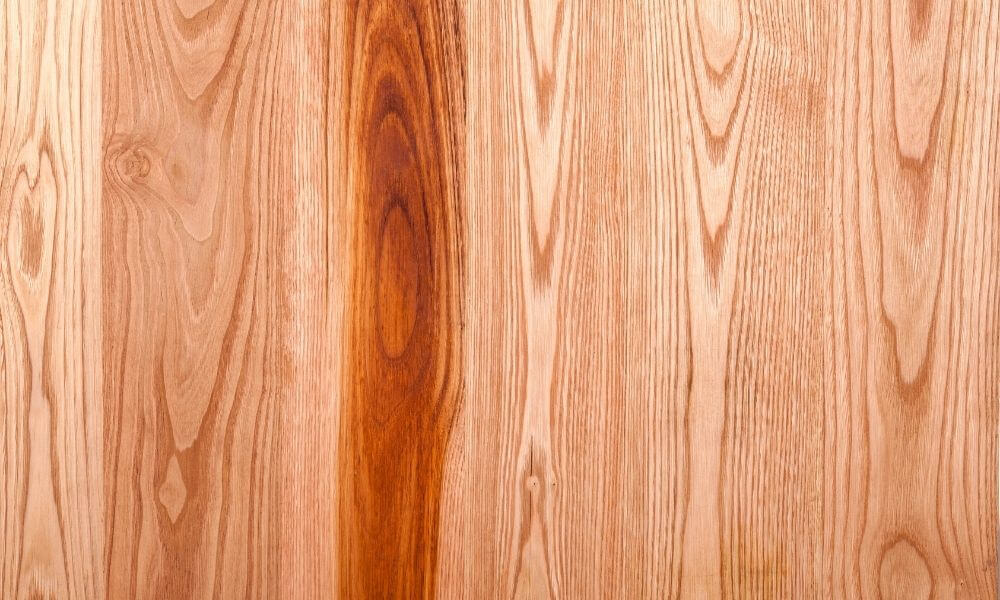Featured Species: Chestnut
If you are looking for a way to make your home or business have a truly rustic feel, choosing chestnut hardwood flooring is a fantastic option! This gorgeous wood has grain patterns that vary from straight to spiraled, with prominent rays from growth rings throughout. The natural color is a mixture of light brown and dark brown tones, which creates a warm look and feel for any room. This variation in color is caused by the heartwood being light to medium grayish brown, darkening to reddish brown with age, and the sapwood being pale white to light brown. Depending on how the planks are cut, you can have a floor that has a unique contrast.
Here are some facts about Chestnut:
- It is related to the Oak family and consists of 12 species.
- Mostly found in the Eastern United States, parts of Europe, and Asia.
- It is sometimes referred to as American Chestnut or Sweet Chestnut.
- Produces edible nuts that contain vitamin C. In fact, they are the only type of nuts that contain vitamin C.
- Generally grows to a height of 50 to 75 feet tall.
- Cultivated for its nuts for more than 4,000 years.
- Chestnut bark and wood were used for tanning leather since it produces natural tannin.

Flooring Facts:
- Janka rating around 540. This means it is not very hard. For comparison, White Oak has a rating of 1360.
- Tends to swell/shrink almost 6% of its width. This reaction to environmental factors can be addressed by controlling the humidity levels in your home. You can learn more about that in our blog “Humidity and Hardwood Floors.”
- Easily to nail but can split easily.
- Sands and stains very well.

A Blight and Wormy Chestnut
In the early 1900s, a bark fungus made its way from Japan, wreaking havoc on the chestnut population. This blight resulted in the death of almost 3 billion chestnut trees. While efforts of rehabilitation have been underway, the American Chestnut is still rare and rather pricey. However, many have chosen to used reclaimed or salvaged Chestnut from old structures. This is often referred to as “wormy chestnut.” It is called wormy because many of the planks are made from the dead chestnuts destroyed by the blight and were damaged by insects, so they contain holes and discoloration. Some would say it is not damaged, though… it just has lots of character! These marks do not necessarily affect the integrity of the board. Still, you will want an expert to confirm that before installing it in your home or business!

Chestnuts in Literature
You have probably heard the “Christmas Song” during the holidays. This is perhaps one of the most notable mentions of chestnuts, at least today. However, chestnuts and chestnut trees have been a source of literary inspiration, included in poems, stories, and songs for centuries! One of the most famous chestnut trees still living today is called the “Hundred-Horse Chestnut.” It is located in Sicily and is the largest and oldest known chestnut tree in the world, being around 4,000 years old and 190 feet in circumference. This tree is so large that it split into multiple trunks, so it looks like a collection of large trees. However, these trunks share the same roots, indicating that it was once a single tree. It gets its name from a legend that says the Queen of Aragon and 100 of her knights took refuge underneath this tree during a thunderstorm. It was so large the entire company was protected from the rain! It is in the Guinness World Records as the “Greatest Tree Girth Ever.”

While singing about chestnuts on an open fire or seeing one of the thickest trees in the world can be a lot of fun, there is no doubt that chestnut wood is an excellent choice for flooring. If you want a truly unique floor, this could be the floor for you! However, with some of the quirks (splitting during nailing, specifically), you might want to consult an expert before installation or, better yet, have it professionally installed. Interested in learning more? Give us a call or fill out the contact form below.



